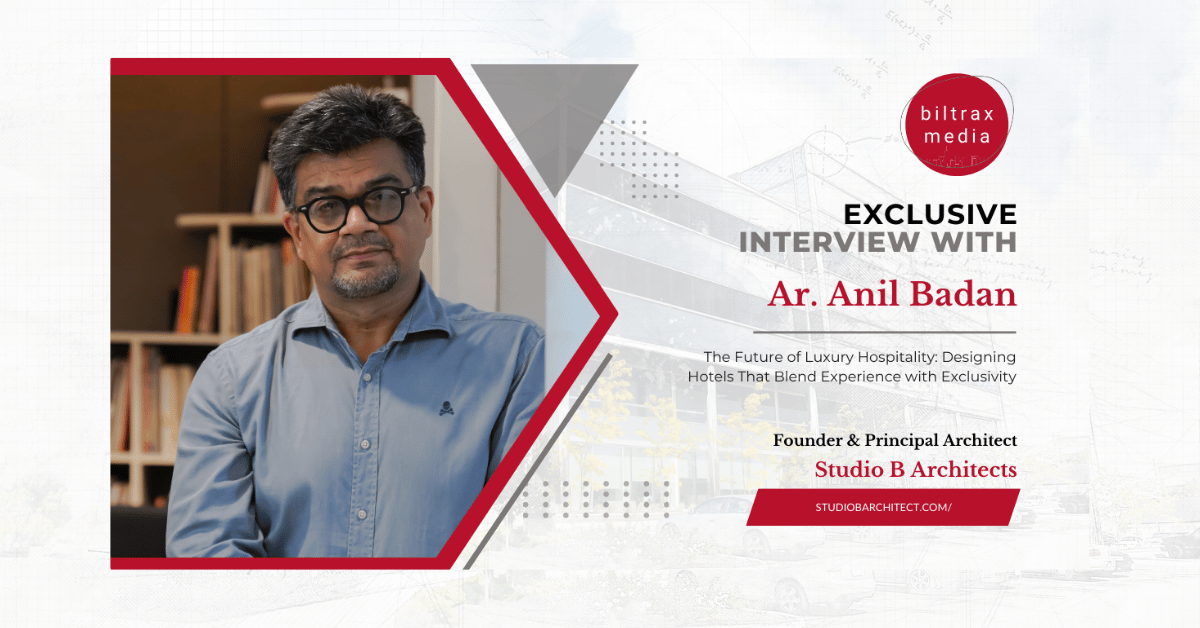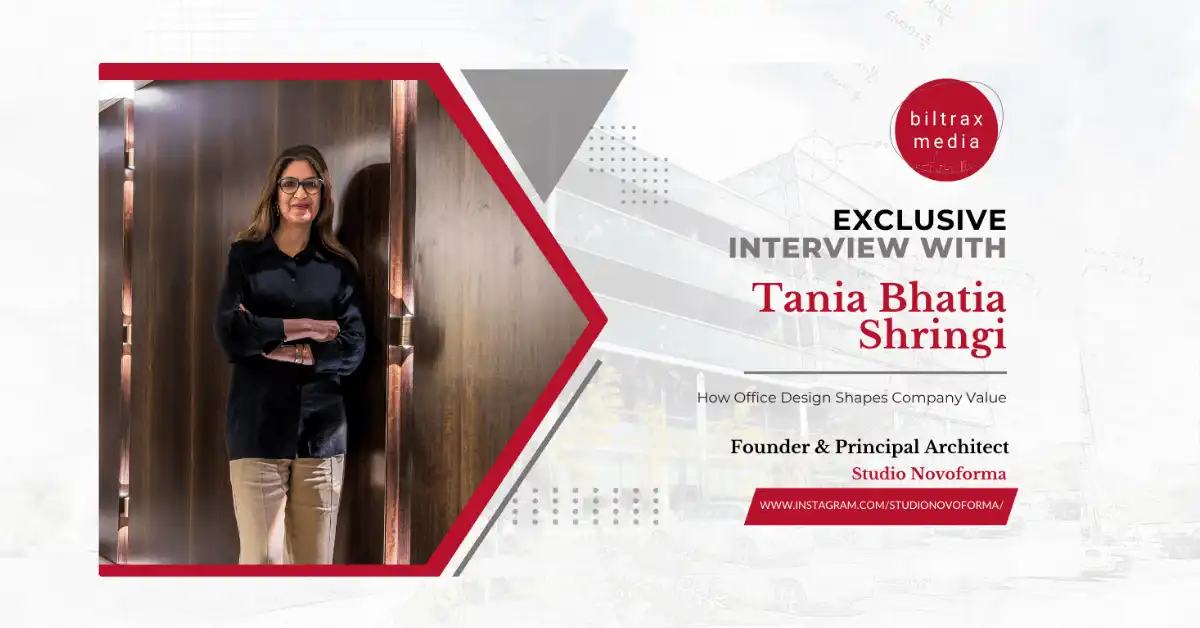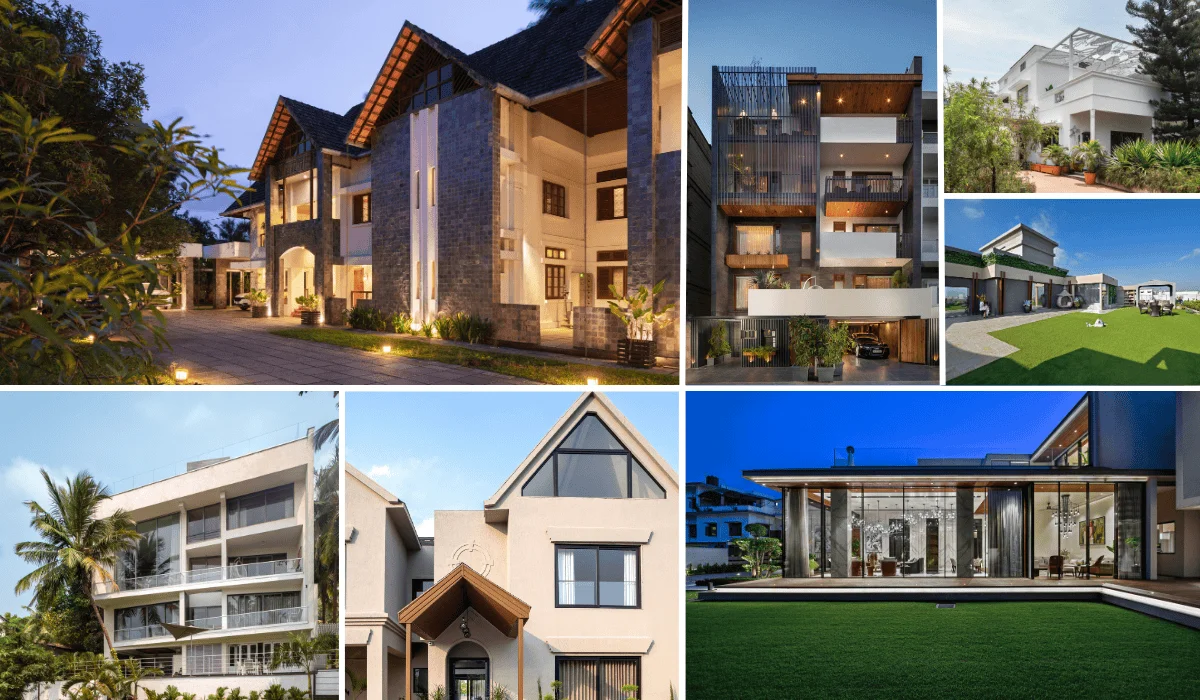There are two distinct sides to design practice. Works that allow creative freedom, expression and experimentation. The other realm is commercial work, government projects and large-scale construction. They are imperative to development and economy but seldom get discussed or reviewed. Ironically, the latter shapes and impacts societies significantly, drives economies and generates jobs. It is also undeniable that such works have stringent parameters that perhaps don’t allow room for creativity. And then there are practices like Studio 4000 that navigate both realms.
Studio 4000, led by partners Khushboo and Smit Vyas in Ahmedabad, strives towards contributing to society, art, craft and academia through their practice. Having worked with private and small but significant government projects, they cite the dissimilarities between both. “Private projects offer scope for experimentation. Design sometimes evolves as one goes along. With government projects, you’re bound by their approved-lists of materials, systems and somewhat conservative attitudes. But this taught us the discipline of putting entire drawing sets together since real-time changes are impossible. It helped us consolidate our ideas with more clarity.” They also list the demerits, “Projects are open to only large practices with very high turnovers. Many projects are awarded to lowest bidders. How can such parameters ensure quality work from the architect? There is also the fear of corruption, slow bureaucracy resulting in delays and mediocrity seeping into work.”

The Shelter Room uses conventional materials. But its hyperbolic paraboloid roof, the balance, rhythm and proportion created an interesting form that intrigues the onlooker yet blends with the precinct.
Their interventions at Kandla Port were the first government projects that they undertook that dispelled yet reinforced many myths and stereotypes. “We found the officers and engineering staff at the Port Trust to be open-minded & desirous of high-quality work. They were aware of what designers can offer, except there was some nervousness and suspicion of working with a young, mixed-gender, studio practice!” Such gaps are omnipresent in large projects irrespective of context. The studio has withdrawn from private projects wherein, for instance, the clients implied that women weren’t proficient to handle work. But the work at Kandla Port was conceptualised and conceived successfully without hang-ups.
The studio worked with material limitations and pre-approved drawings with no scope for on-site improvisation. They first designed the award-winning prototype for Shelter Room followed by the Entry Gates. In their opinion, “The gates are not glamorous or photogenic to appeal to magazines.” But on closer inspection, the gates showcase meticulous detailing. They remain unnoticed unless reviewed critically. The Shelter Room too uses conventional materials. But its hyperbolic paraboloid roof, the balance, rhythm and proportion created an interesting form that intrigues the onlooker yet blends with the precinct. Kandla Port’s success lay in the architects’ ingenuity of navigating such challenges.

Success, however, isn’t always determined by eye-pleasing work. Studio 4000 makes no bones about striking a balance between aspirational small-scale private undertakings, commercial scalable projects and government work.
Eye-pleasing work however, doesn’t always determine one’s Success. Studio 4000 therefore makes no bones about striking a balance between aspirational small-scale private undertakings, commercial scalable projects and government work. They also work with Gujarat based companies to make showrooms & workspaces across India. “These works may seem almost mechanical; we are playing with set modules. The creative dimension here isn’t just visual but pertains to organizational clarity, optimizing usable space and turn-around-time. It’s making us more efficient and widening our minds, rather than restricting or purging the imaginative side of things.”
Beyond adding or seeking creative spins to every project, it is important to realise and accept that commercial viability, profits and scalability is crucial for business. It is what allows practices to generate resources that are invested into the experimentation to generate artistic works. “We might not bag ambitious projects like museums and schools immediately. So, we make the best of available opportunities without losing our core values.” This cycle also works towards nation-building and making good design accessible to all.

The gates are not glamorous or photogenic to appeal to magazines But on closer inspection, the gates showcase meticulous detailing.
Good design is the need of the construction industry. It could be devising efficient design-systems for mass-production in commercial projects, or navigating limitations and long-drawn processes with government undertaking or the private work that allow expression, poetry and creative liberties. And for a practice that takes inspiration from Ahmedabad’s legacy of modern architecture and its master architects, their ambition, ideas and work thus come full circle.
Studio 4000
Website: studio4000.in
E-mail: studio4000designs@gmail.com
Contact: 91 – 7926402740
Biltrax Construction Data is tracking 11000+ projects on its technology platform for its Clients. Email contact@biltrax.com to subscribe and generate business leads.
Discover more from Biltrax Media, A Biltrax Group venture
Subscribe to get the latest posts sent to your email.





































